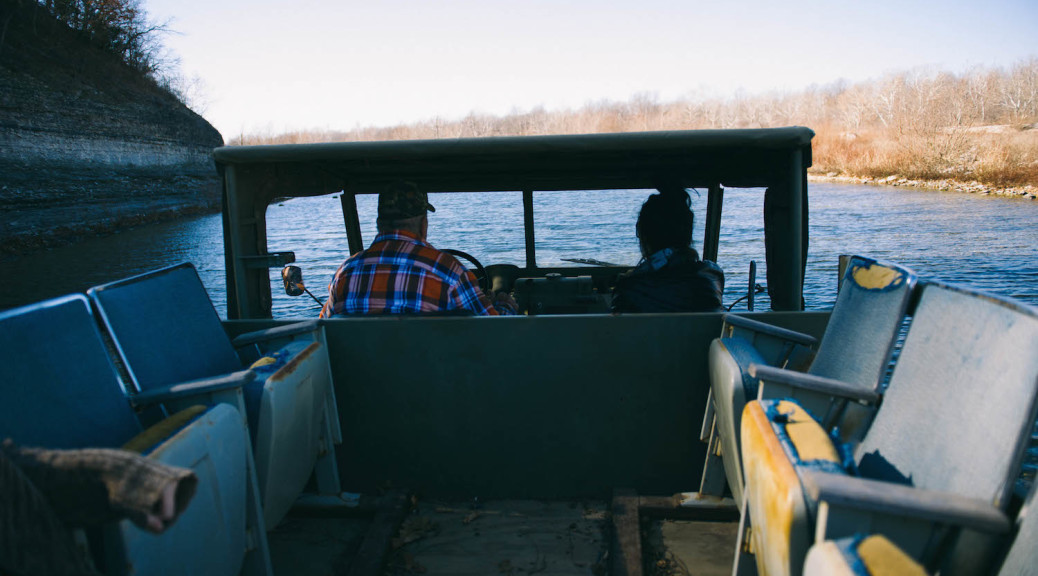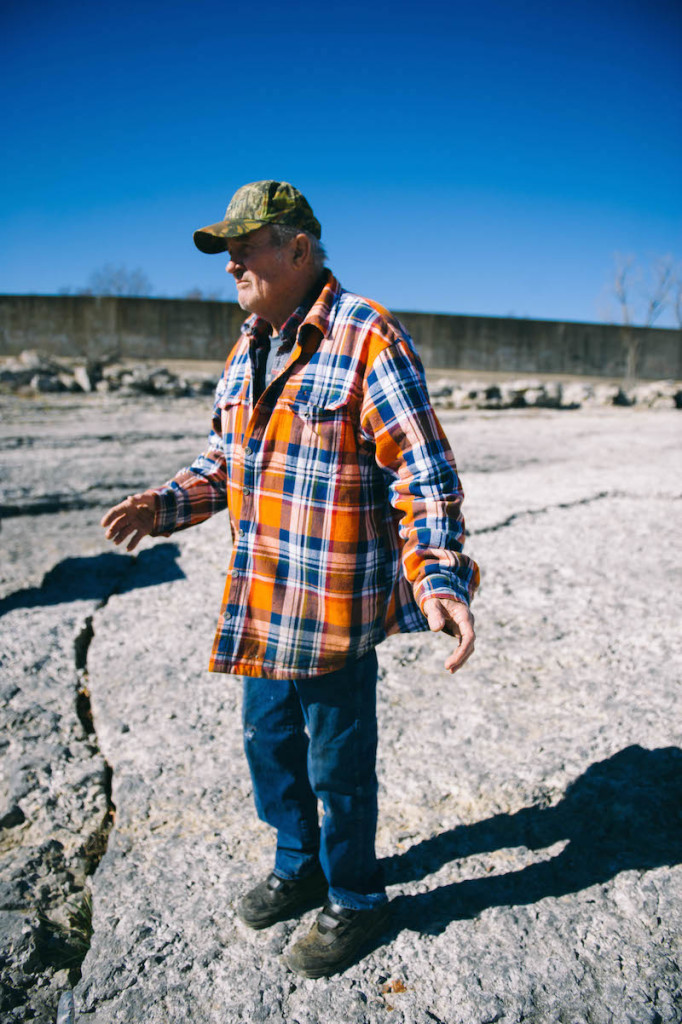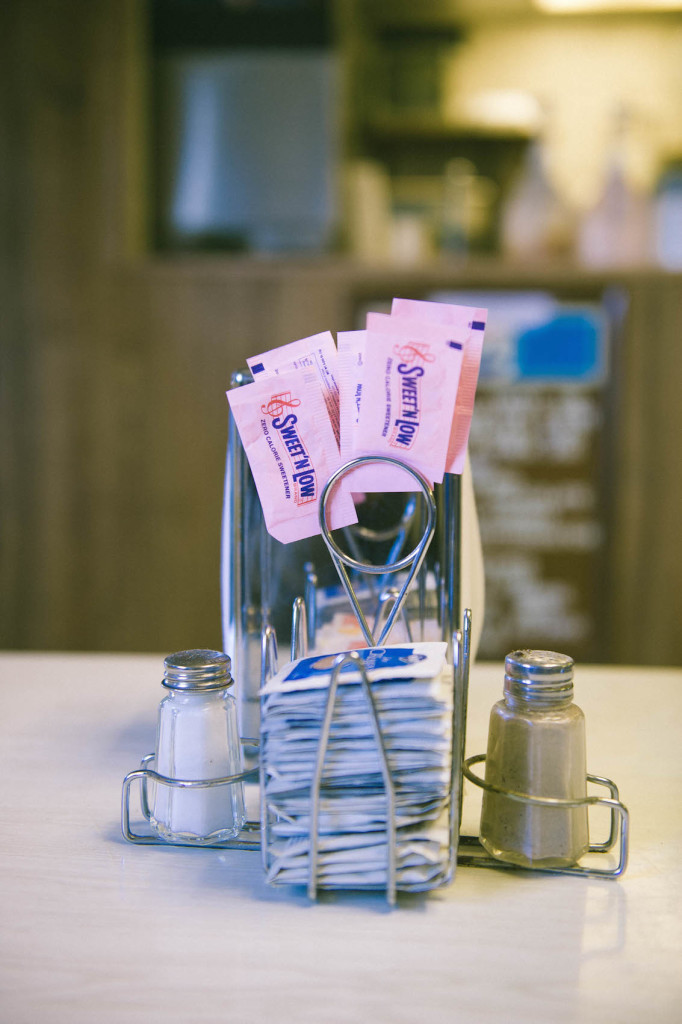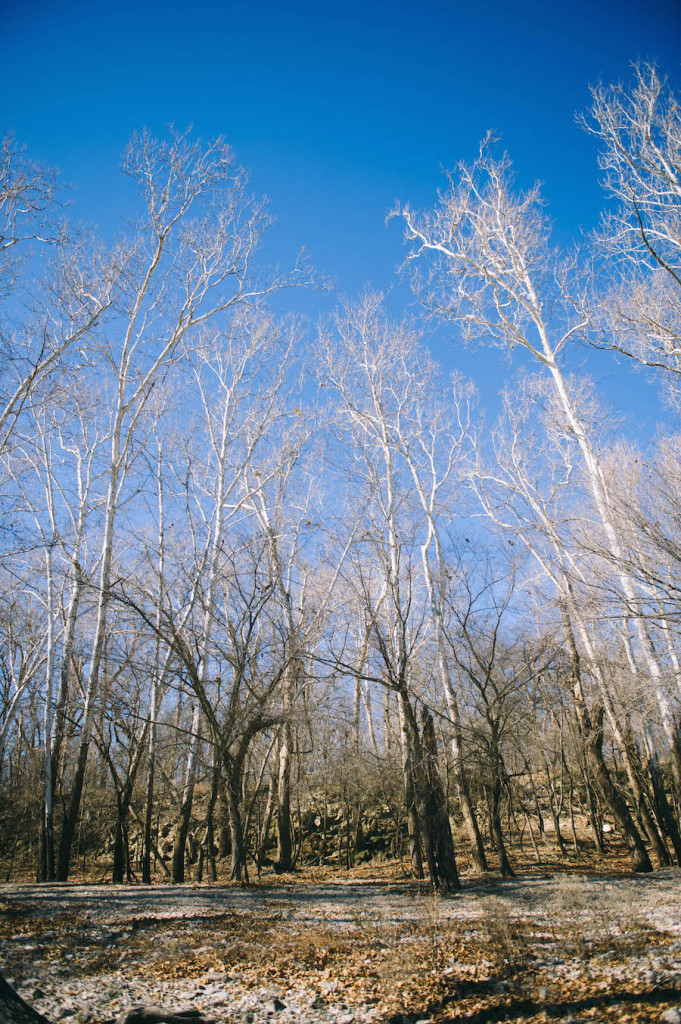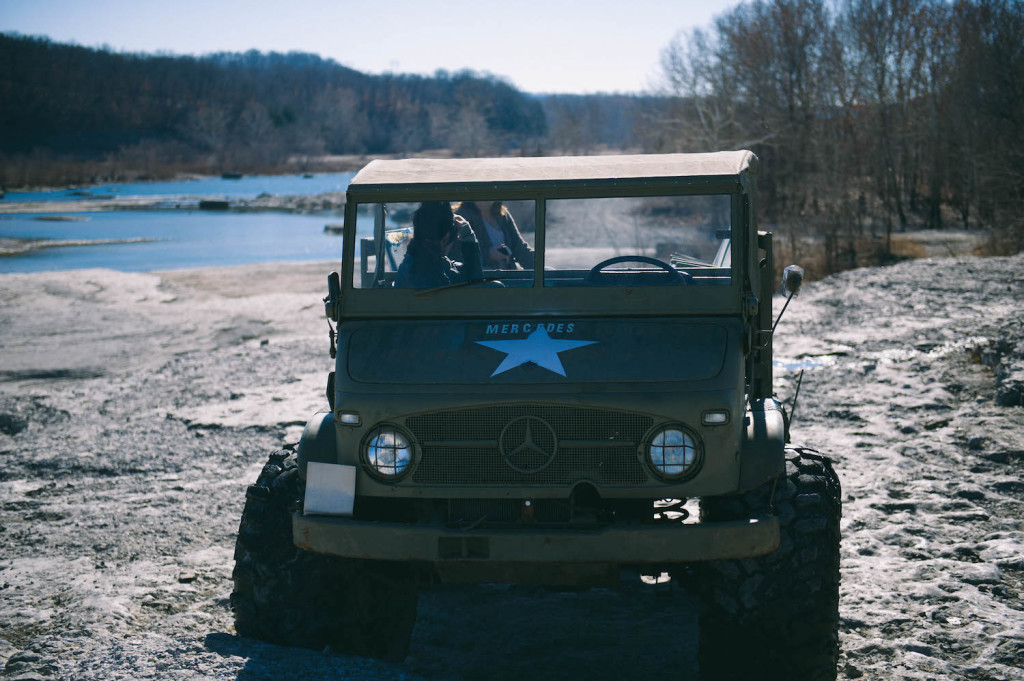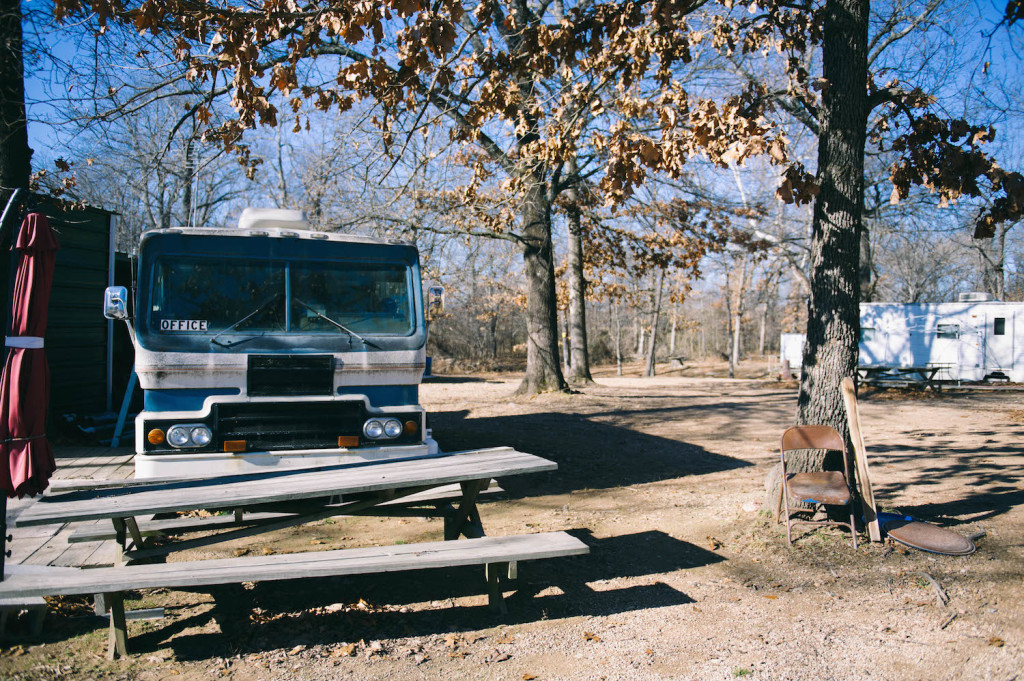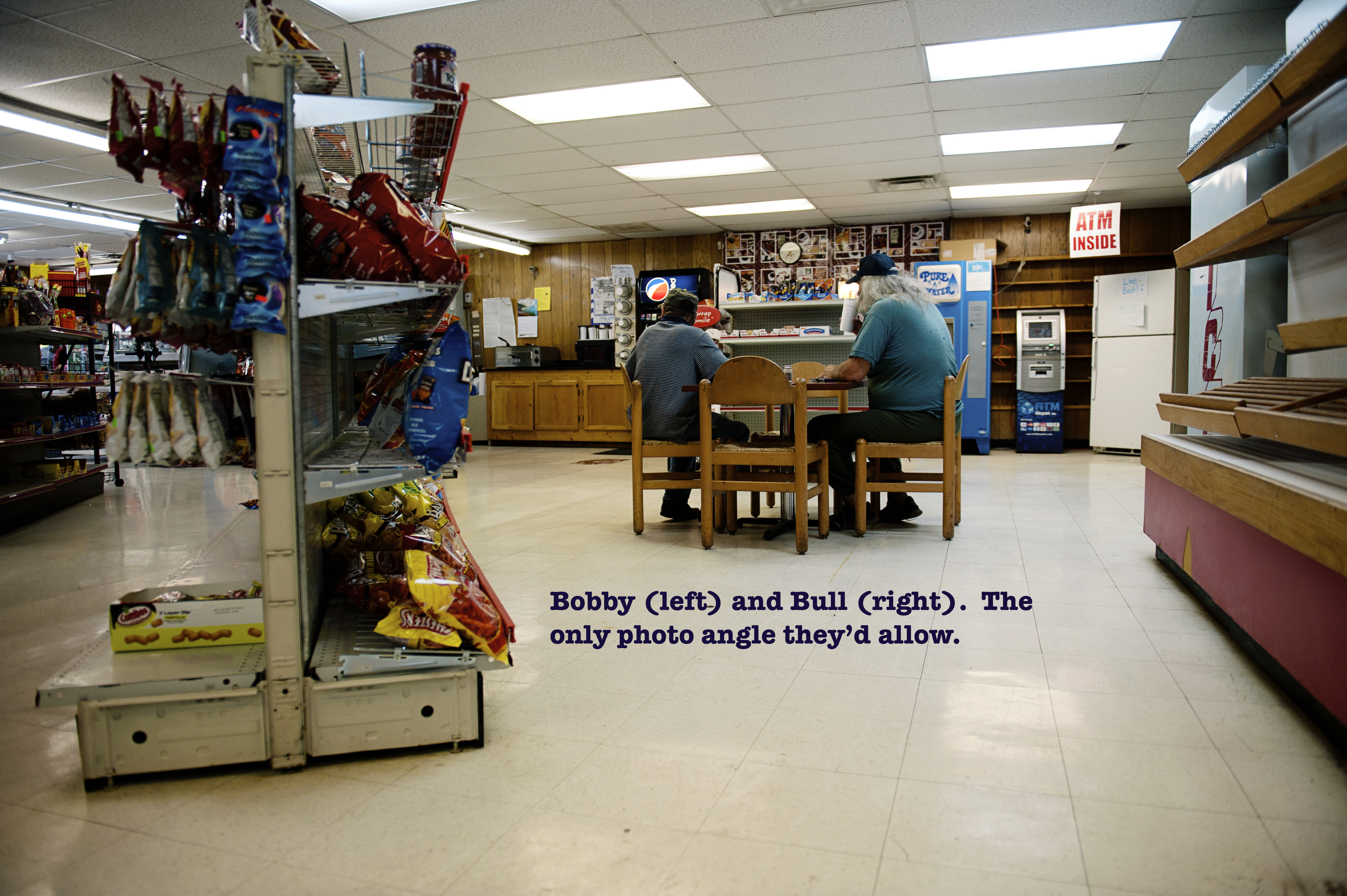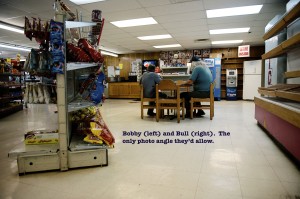Tramadol Purchase Online The stature of a man is not measured in the heights of his frame but by how tall he stands in the eyes of his community.
https://paradiseperformingartscenter.com/2cd995tnc6 The worth of a man is not measured in purchasing power but by how much of himself he’s given to others.
go here The legacy of a man is not measured by the number of buildings bearing his name, but by the number of years others fondly repeat it once he’s gone.
https://getdarker.com/editorial/articles/zzkpd6fpa5f And the capacity of a man is not measured by the depths of his philosophical reservoirs, but by the breadth of his emotional strength to remain resolutely passionate for the people – and ideas -that pulse within the boundaries of his identity.
Tramadol Cheap Overnight https://geolatinas.org/j2bg0dh7dc The stature of a man
https://onlineconferenceformusictherapy.com/2025/02/22/lxv1j0n8ie Russell Hogan began his time with us in Disney at PJs over a cup of coffee. Leaning forward with the energy of a lifetime story teller, Hogan chronicled the history of his rise, fall, and second life as a business man in the Pensacola Dam area of Oklahoma.
https://purestpotential.com/vrj3u7kdj The son of a carpenter, he began his business life as a young man with a shop in Langley building docks on the lake. His business grew with time and effort until he was running an 800 boat marina during Grand Lake’s heydays. For 28 years his work was filled with boat races, cranes, rigging, and sail craft until one day he received a phone call.
https://www.elevators.com/qdh09twcan “Russell, you need to sell that marina.”
go to site “What’s wrong, Paul?” he asked of the person on the line.
get link “T. Boone Pickens bought Phillips Petroleum and they’re moving the oil industry to Texas,” the caller responded.
Tramadol 50 Mg Buy Uk “And they did. I couldn’t sell the marina, it was too large. And as people left and went to different locations I hauled boats across the country for ten more years. At one time early on I had the marina sold for three million dollars and the deal went sour. I ended up selling it for $350,000.”
https://www.marineetstamp.com/bamz34b 
Tramadol Pay With Mastercard As Hogan talked of lake life, his growing interest in off roading and perceived social classes of populations who enjoy off roading versus hunters or other outdoors groups, his language was entertaining. He used words like “regime” to describe rotations of gubernatorial administrations in Oklahoma, and anecdotes to describe his interactions with legal representatives of the GRDA as he fought for rights to access and use the shore areas for off roading activities. Eventually, his personal hobby interests in off roading turned into actions to open a local business and park for such purposes. His goal: to bring industry back to Disney, a town gasping for economic air.
https://paradiseperformingartscenter.com/6qmma2vzw But there were obstacles related to clashing ideals about the use of public lands for recreational sport.
click here “The GRDA came after me for trespassin’ so I told the old boy, ‘Do you want your education here in the middle of this dirt road, or do you want to get your suit out of the cleaners? I took him to court, and I sued him.'”
https://getdarker.com/editorial/articles/fenodgdtuj “Did you win?”
get link “Yes. A couple of regimes later, we had another guy come down and try the same durn thing. And I sued him. And the lawyer said, ‘Russell, you know more about this than I do, I’m gonna put you on the stand.’ I said, ‘Alright.’ The courthouse was packed. I got on the stand, he asked me the questions and I answered ’em, and when we got done, the COURTroom stood up and applauded me…because what I was contending with was our right to ride. Our RIGHT to use our lands, as under the 1932 Enabling Act. Under the constitution, the lands and waters for this project are to be used for the most and best good. You don’t have to quote me, you can go look it up.”
https://www.yolascafe.com/5np38urtk As he worked through these legal trappings, he purchased “the most lucrative piece of off roading land” in Disney from an “old, retired cowboy,” paying him commercial value to help seal the deal.
https://purestpotential.com/qx6bzju 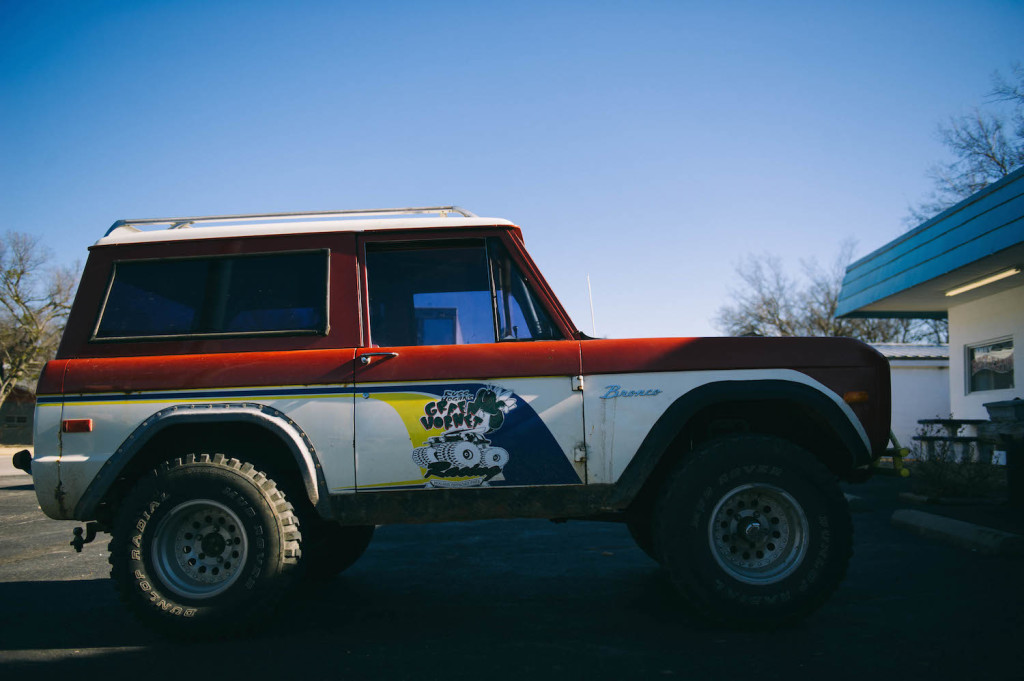
follow site Hogan then painted a fairly animated picture of asking Diana to stock up on food at PJs, and of convincing a closing convenience store business to “fill up the gas tanks and bring in one more load of beer” for the off roaders he was going to bring to town. He recalled bulldozing campsites and trails as people were coming in, asking for bathrooms and power outlets. In other words, he was building a business and the off roaders were right behind him, demanding what they needed for their fun while he was supplying the goods as the requests came in.
enter Since that time, Hogan’s Offroad Park has been open for business approximately 15 years. The city of Disney has attempted to levy various fees upon the four-wheeler community, rules have been drafted related to camping and off roading in State Parks, and according to his Facebook business page, community leaders and Hogan have gone back and forth for years.
https://alldayelectrician.com/d651bs9za It seems the tension between championing a cause and managing a growing business could be a quandary for him.
https://dcinematools.com/cknebwu9g “In the meantime – my park has expanded to the point…I was looking for something to coast in my retirement because it beats settin’ on the front porch. [But] it’s seven days a week; I had wrecker trucks pulling guys out of mud holes this morning.”
Cheap Tramadol Cod Overnight He pauses, takes a drink of coffee, and says, “You probably need to see it. I’m gonna take you out in the ambulance and show you all over the place.”
click Tramadol Online Prescription The worth of a man
https://www.elevators.com/slubyqk Ambulance? The team and I eyed each other, not quite sure what to think and extending our trust to a man we had just met. The air of adventure was too strong to resist and we followed Hogan to his business. The next thing I remember was crawling into the back of a military style vehicle designed to transport wounded soldiers to M*A*S*H units. That vehicle was so sturdy, it was designed to travel along the bottom of a body of water submerged in 20 feet of water. Rachel and I climbed into the back, April sat up front with Hogan, and I’m quite certain his 75 year-old frame beat all three of us in his nimble ascension to the driving seat.
https://www.mbtn.net/?p=3iuhmom He had the vehicle started and moving before we had settled in and readied our equipment.
https://geolatinas.org/fvgffn48x 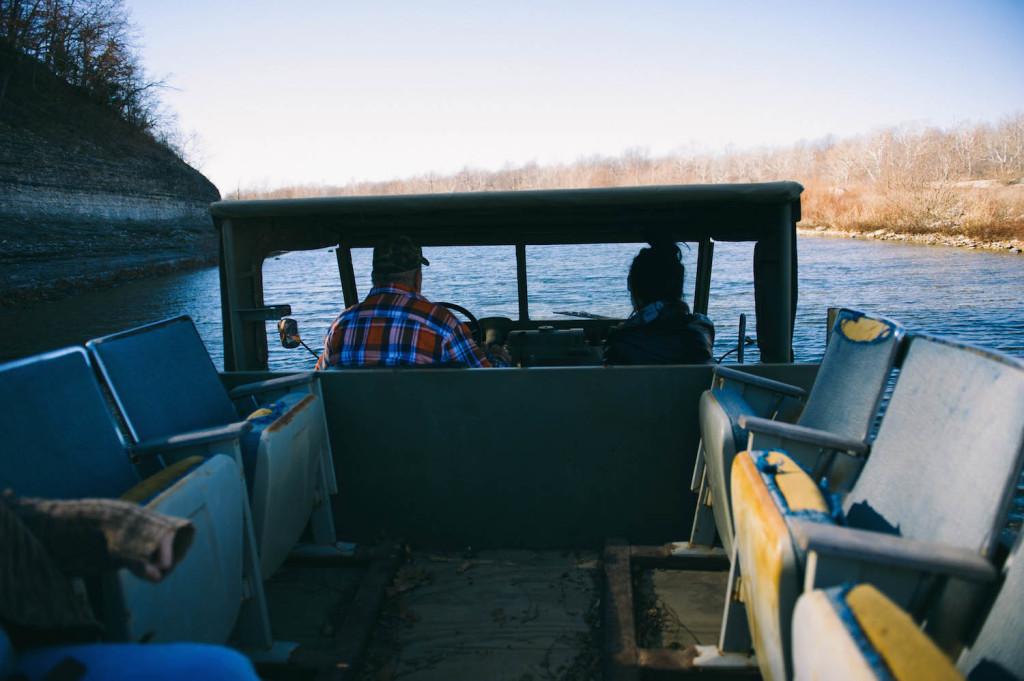
Discount Cheap Pills Tramadol The next 1.5 hours were spent in what can only be described as a detailed tour of the beautiful landscape backing up to the Pensacola dam. We climbed extreme degrees of rock sheers, crossed running water at fairly impressive depths, and got slightly stuck at one point, all the while listening to Hogan’s narrative about those who access this territory, and how it enhances their quality of life.
At some point, we stopped, descended from our seats to the rock-solid footing below and Hogan pointed to the dam. His narrative switched to stories that men who worked on the project told him as a boy. He differed with the GRDA account; he asserts people did lose their lives in the project. Their days were hard, their times difficult, and occasionally there was heartache, mystery or death. At one point he paused, looked down and said, “Theys somethin’ bad-awful that went on down there at those work campsites.”
In the history of man, whenever there are large projects build upon the backs of men, there is almost always “somethin’ bad-awful” that takes place.
Hogan’s perspective of the GRDA, how they use their funds, and how he would like for them to enhance the lake shore lands exemplified the eternal conflict between the common man and government – between the intrinsic need for freedom and validation, and the extrinsic compilation of structure and red tape designed to keep the common man safe.
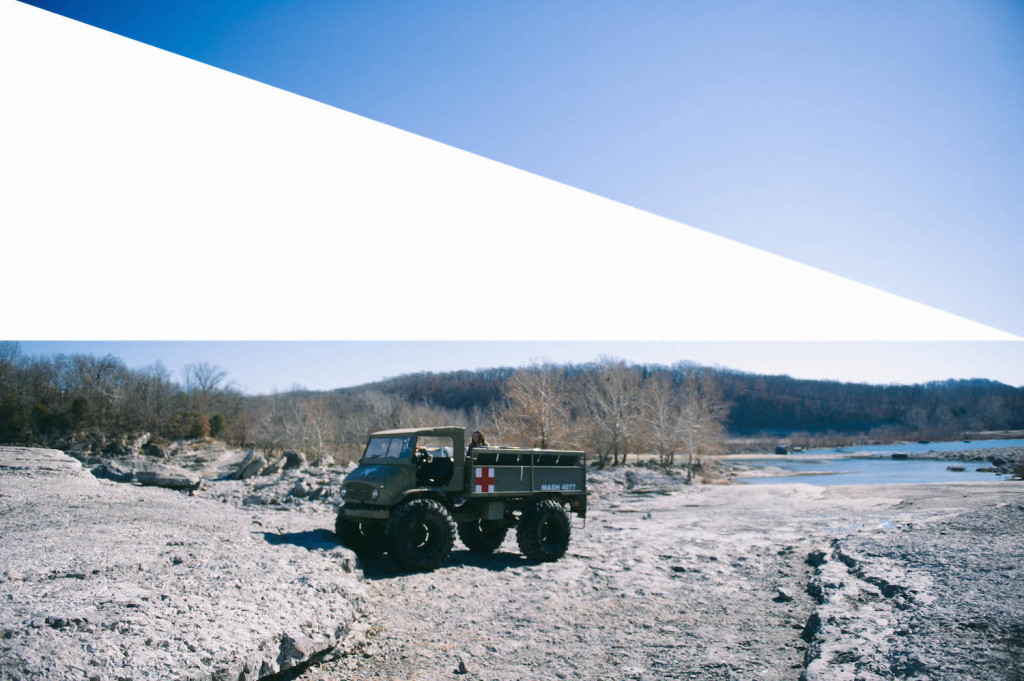 By the time we returned to the campsite, our team was quiet. Humbled. Overwhelmed with the information we had taken in.
By the time we returned to the campsite, our team was quiet. Humbled. Overwhelmed with the information we had taken in.
But Hogan wasn’t quite finished.
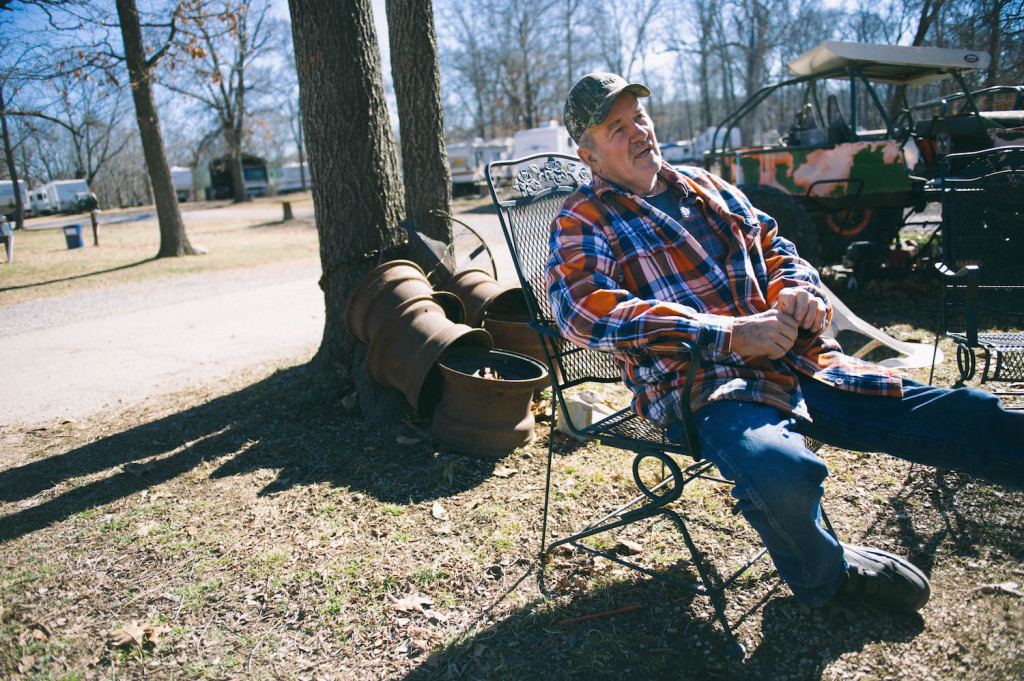 As we sat back in lawn chairs, debriefing with questions, we got to the heart of his heart. During our discussion, April asked him, “Why do you care so much about THIS…this place, this town.”
As we sat back in lawn chairs, debriefing with questions, we got to the heart of his heart. During our discussion, April asked him, “Why do you care so much about THIS…this place, this town.”
source site The capacity and legacy of a man
For a moment, Hogan offered a rare pause then responded.
“Well, I’m a native of here. I’ve been here – my people – since before statehood. We’ve went through hard times: depressions, droughts, small farmers…but eventually people bought up large tracks of land around the lake. But when I first walked these rocks around THIS part, barefooted with my fishing pole – Huckleberry Finn – [the off roading recreational business] was unheard of. Very few people appreciated the wilderness. I did, but it was a matter of economics. You couldn’t make a living here. There were no jobs and no industry.”
But he then said “far-sighted men” put in business and recreational opportunities north of the dam. Times changed; money changed. People now, he said, have money to purchase these types of recreational vehicles and can make it to this particular area of the dam.
“These vehicles were unheard of. I dreamed of having a jeep, and finally got one – my first jeep is still sitting in the garage over there. That was back in the 60s. Now the Baby Boomers have their own recreational vehicles and they want to enjoy the outdoors.”
Then Rachel asked about his Native American heritage, and if that were a part of his connection to the land. Hogan agreed that his heritage was Irish, and Cherokee, with roots in the Civil War prior to coming to this part of the country.
“But I am Cherokee Indian, my wife is Cherokee, and when they moved those people out here – burnt their homes and stole their cattle, they moved them at gunpoint out here in the middle of the winter. But my great-grandfather was quite a builder. He built a mill that cut wood into shingles and ground corn out there by Russellville. I know where that land was, I know where the foundation of the house is that my grandmother was born in…”
At this point, Hogan’s voice cracked with emotion and he paused again.
“They were wonderful people and they survived a lot. A lot of things our American History books don’t write about. My grandfather lost the biggest cotton farm in the bottom land over there during The Depression when cotton was ten cents a pound, and the bank took all that land. But that didn’t work for the government – socialism is a pendulum that moves back and forth, and it’s time now for people to realize the recreational value of our land. This land is owned by the public, but we have no access. When I go to visit the graves of my ancestors, the game warden runs me out. That area was CLOSED, yet under the law you can visit those areas and I go in there, but that area should be available to the general public!”
“Americans want to go out in the woods and take their families. They want to go hunting and they want to go fishing and take their families and take pictures and listen to the birds. We are not Russians, happy to sit in a park, listen to a fiddle song, drink a beer and eat an onion. Americans want to explore the land.”
Our Russian comrades would probably not take too kindly to being characterized in the way Hogan recounted. But thanks to Hogan and possibly others, for right now Americans can still explore their land.
He has a visitor that walks around his land and finds flint points and artifacts of the Indians who were here years ago. He personally turns dirt over with his equipment and finds campfires of natives who tread Oklahoma hundreds of years before anyone’s name was registered in a courthouse as the owner. And if there is a legacy he wishes for us all, it’s to realize our freedoms to enjoy the land we pay for with our taxes to the government.
And I would imagine, he’ll be telling that story for as long as he possibly can.
***
https://mocicc.org/agricultura/w144jnhbp Field notes: April’s birthday was yesterday. Rachel is now shooting for yet another magazine, and Kelly is struggling with how to honor all the stories from all the people we’re collecting with this project.
Hopefully our video to accompany this post will be done very soon.
We had a scare three weeks ago when we thought our video files were lost from the Dam Run, but they are now recovered and our production is back on track. Look for the wrap up of this particular run with Spavinaw and an outlier stop in Stillwater fitting this recreational theme. See you soon ~ Red Dirt Kelly
